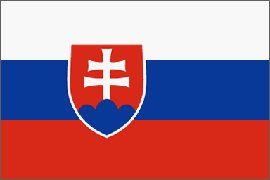| Bodrogköz |
During history, as mentioned above, Bodrogköz was torn into two parts according to the Trianon-treaty, so the bigger territory in today’s Slovakia is now known as Upper-Bodrogköz, and the other part in Hungary is called Lower-Bodrogköz; however these names are not used in Hungary. Almost all of the settlements are periphery villages, as almost all are situated in the Hungarian-Slovak border region, and almost all of them have Hungarian neighbour settlements. Geographically it forms a complete territory with the Hngarian Bodrogköz, separated only by the border.
Bodrogköz can be truly called the country of hidden beauties, but these natural, cultural and aesthetic beauties are only showing for those who are not in a hurry, who are not shallow and who care about small signs, tiny interesting things, also. Those who visit the territory, can take a look at the masterpieces of old folk architecture, only in faded version. The historical, geographical and folk identity of people in Bodrogköz is very high, as all settlements here are mainly inhabited by Hungarians. It covers a great territory, where artefacts of the Hungarian invasion can be found. I would like to highlight Zemplén, Szomotor, and on the Hungaran side, Karos, where valuable excavations were made in recent years. The traditions of uprisings and freedom fights live in this region, as it was the homeland of anti-feudal reformation, the fights of Transylvanian princes for freedom, and the peasant uprising of Bocskai, Bethlen and Rákóczi György I, Császár Péter. Tokaji Ferenc, land dividing movement of the Bodrogköz, the fights of Rákóczi Ferenc II, the ideas of enlightenment, the great achievements of Kazinczy Ferenc and Szentmarjay Ferenc in the age of reforms, and also home of Kossuth Lajos. It can also be considered as home of the fights of Rákóczi Ferenc II, the ideas of enlightenment, the great achievements of Kazinczy and Szentmarjai during the age of reforms, and also home of Kossuth Lajos, Balásházy János, Kazinczy Gábor, Lónyai Gábor
|



